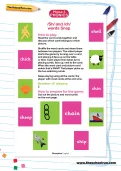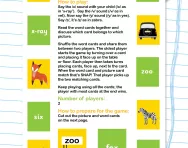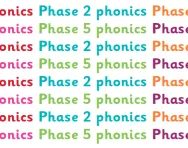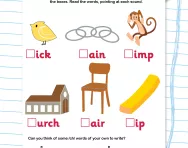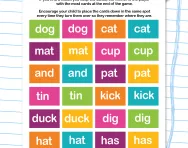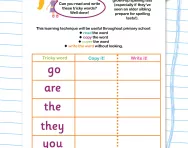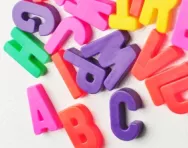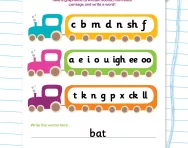TheSchoolRun.com closure date
As we informed you a few months ago, TheSchoolRun has had to make the difficult decision to close due to financial pressures and the company has now ceased trading. We had hoped to keep our content available through a partnership with another educational provider, but this provider has since withdrawn from the agreement.
As a result, we now have to permanently close TheSchoolRun.com. However, to give subscribers time to download any content they’d like to keep, we will keep the website open until 31st July 2025. After this date, the site will be taken down and there will be no further access to any resources. We strongly encourage you to download and save any resources you think you may want to use in the future.
In particular, we suggest downloading:
- Learning packs
- All the worksheets from the 11+ programme, if you are following this with your child
- Complete Learning Journey programmes (the packs below include all 40 worksheets for each programme)
You should already have received 16 primary school eBooks (worth £108.84) to download and keep. If you haven’t received these, please contact us at [email protected] before 31st July 2025, and we will send them to you.
We are very sorry that there is no way to continue offering access to resources and sincerely apologise for the inconvenience caused.
/Sh/ and /ch/ words Snap (Phase 3 phonics)
What is phonics?
Phonics is a way of teaching children how to read and pronounce words by connecting the sounds of letters to the written symbols. Phonics is like the key that helps unlock the code of reading by teaching your child the sounds that letters make.
What happens in Phase 3 phonics?
Phase 3 phonics expands on the concepts taught in Phase 1 and Phase 2 by introducing sounds that are not as commonly used (or phonemes). Depending on the curriculum your school uses, there are usually around 25 of these sounds, which often consist of two letters combined.
Children will be taught more challenging words and they will learn both the names of the letters and the sounds associated with them.
Teachers might employ things like mnemonics (memory aids), mini whiteboards, word cards, and alphabet songs to aid in teaching these difficult words to children.
How can you use this worksheet to help with Phase 3 phonics?
Your will need to read the word cards together with your child and discuss which card belongs to which picture.
Shuffle the word cards and share them between two players. The oldest player starts the game by turning over a card and placing it face up on the table or floor. Each player then takes turns placing cards, face up, next to the card.
When the word card and picture card match that’s SNAP! The player with most cards at the end wins.
For more phonics information and resources, visit our Phonics hub.
